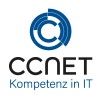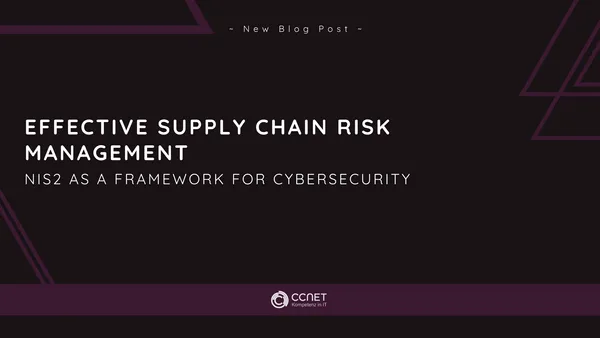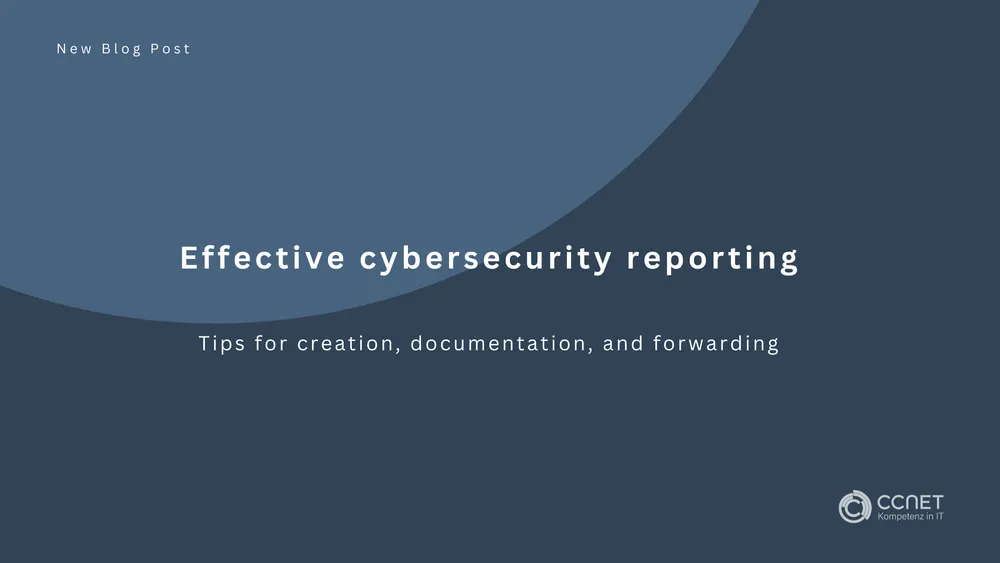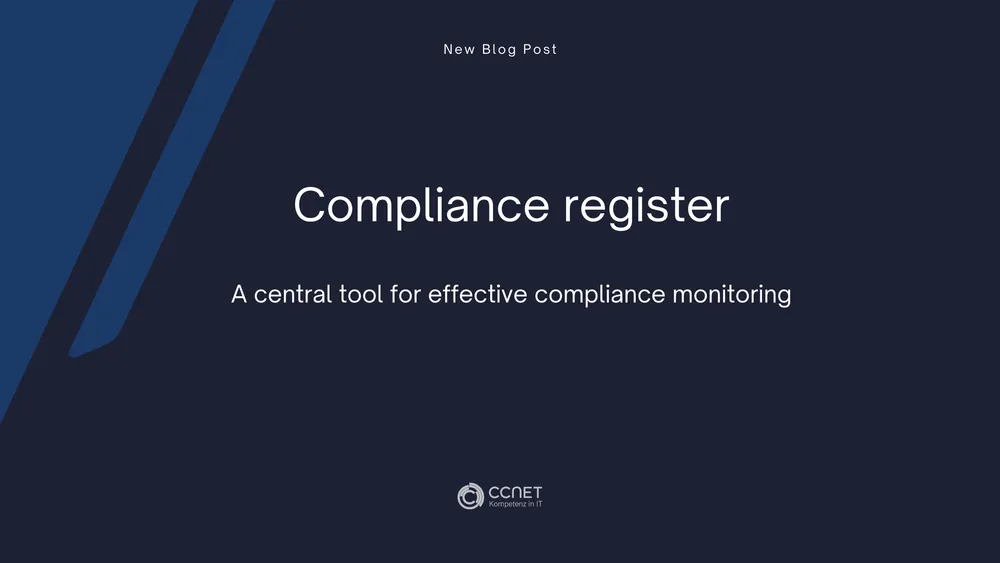
CCNet
Jan 1, 2025 • 3 min read

Effective Supply Chain Risk Management: NIS2 as a Framework for Cybersecurity
To ensure a company’s cybersecurity, risks in the supply chain must be carefully identified and addressed. The NIS2 Directive places particular emphasis on companies regularly assessing their suppliers' cybersecurity measures and enforcing clear security standards. This requires not only an initial assessment but also continuous monitoring and adaptation of security requirements.
What You Need: A Comprehensive Approach to Securing the Supply Chain
A structured approach to identifying and addressing cybersecurity risks in the supply chain is essential to ensure the protection of IT infrastructure. It is important to regularly review suppliers' security practices, include clear security standards in contracts, and ensure that suppliers comply at all times.
How to Implement It: A Detailed Process to Secure Cybersecurity in the Supply Chain
-
Process Goal: Systematic Evaluation and Risk Mitigation in the Supply Chain
- Objective: To ensure that all cybersecurity risks from suppliers are identified, assessed, and addressed with appropriate measures. The process includes continuous review and ensuring compliance with security standards throughout the supply chain.
-
Process Scope: Comprehensive Evaluation of All Suppliers
- Scope: The process extends to all suppliers that provide products or services to the company. The evaluation includes the cybersecurity status of suppliers, negotiating contractual security standards, and regular monitoring.
-
Frequency of Risk Assessment: Regularity and Flexibility
- Annual Review: At least once a year, cybersecurity risks in the supply chain are reviewed.
- Additional Reassessments: If new threats emerge or significant changes occur with suppliers, an immediate reassessment is conducted.
-
Process Steps: Structured Approach from Identification to Monitoring
-
4.1. Identification of Suppliers and Risk Analysis
- Responsible: Procurement Department in Collaboration with the IT Security Officer
- Activity: All suppliers are identified and classified based on their importance to business processes. An initial risk analysis highlights potential vulnerabilities and threats.
-
4.2. Evaluation of Suppliers’ Cybersecurity Status
- Responsible: IT Security Officer
- Activity: A detailed review of each supplier’s cybersecurity practices is conducted. Certifications, security standards and protocols, as well as past security incidents, are analyzed.
-
4.3. Negotiation and Implementation of Security Clauses
- Responsible: Legal Department and IT Security Officer
- Activity: Security clauses defined in contracts set minimum standards for cybersecurity, requirements for handling security incidents, and regular reporting on cybersecurity status.
-
4.4. Regular Reviews and Audits
- Responsible: IT Security Officer
- Activity: Compliance with agreed security standards is reviewed through regular checks and audits. Deviations from standards are immediately identified, and corrective actions are taken.
-
4.5. Documentation and Reporting
- Responsible: IT Security Officer
- Activity: All evaluation and review results are documented. An annual report on the cybersecurity status of the supply chain is created and presented to management.
-
4.6. Adjustment of Supplier Strategies
- Responsible: Procurement Department and IT Security Officer
- Activity: Based on review results, adjustments in the supplier strategy are made. This may include selecting new suppliers, adding additional security requirements, or terminating business relationships.
-
-
Roles and Responsibilities: Clear Task Distribution
- Procurement Department: Responsible for identifying and categorizing suppliers and negotiating contractual security clauses.
- IT Security Officer: Responsible for evaluating cybersecurity status, conducting audits, and documenting results.
- Legal Department: Implements security requirements in contracts with suppliers.
- Management: Oversees the process and approves strategic risk mitigation decisions.
-
Reporting: Regular Documentation and Communication
- Annual Reports: An annual report on the cybersecurity status of the supply chain is presented to management. This includes the results of evaluations and audits, as well as recommended mitigation measures.
- Immediate Communication: For significant changes or new threats, a report is promptly created to enable quick decision-making.
-
Continuous Improvement: Adapting to Current Threats
- Activity: The process is regularly reviewed and adapted as needed to ensure it remains aligned with current threats and technological developments. Methodologies and evaluation criteria are regularly assessed.
Benefits of Identifying and Addressing Supply Chain Risks
- Controlled Supply Chain: Regular evaluation of suppliers' cybersecurity status ensures that risks are identified and addressed in a timely manner.
- Contractual Security: Clear security clauses in contracts ensure that suppliers adhere to required cybersecurity standards.
- Efficient Decision-Making: Detailed reports on the cybersecurity status of the supply chain allow management to make informed decisions.
Conclusion: Securing the Supply Chain for Comprehensive Protection
Identifying and addressing cybersecurity risks in the supply chain is a key component of an overall cybersecurity strategy. By using a structured approach that includes regular evaluations, contractual standards, and continuous improvements, companies can protect their supply chain and ensure that all suppliers meet the requirements of the NIS2 Directive. These processes not only provide security but also transparency and control over the entire supply chain.


